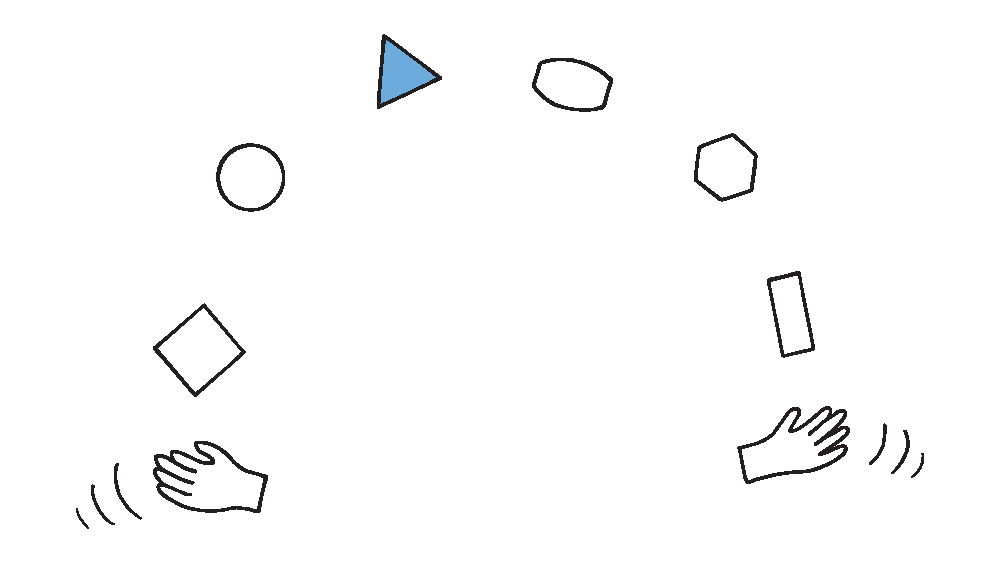Workshop Exercises: Ideate
Reimagine Business Building Blocks
Reinvent and adapt key components of business models

Why: Promotes divergent thinking, leading to evolved and competitive business strategies
When: Effective during periods of economic flux, stagnation, or industry disruption
The primary purpose of reimagining the building blocks of a business model is to foster innovation, identify opportunities for improvement, and adapt to evolving market demands. By methodically examining each element of the Business Model Canvas, teams can identify areas where their current approach might be limiting their potential and explore innovative ideas to overcome those limitations. This exercise encourages a holistic view of the business, ensuring that each decision is grounded in customer needs, business strategy, and operational feasibility.
Businesses today face constantly shifting market conditions. Customer preferences, technological advancements, and competitive pressures are in flux, and companies that are slow to adapt risk becoming irrelevant. Running this exercise allows teams to challenge their existing assumptions and systematically explore new possibilities, ensuring the business model stays relevant and competitive.
While creativity is essential to innovation, unstructured brainstorming can lead to scattered or unfocused ideas. The structured approach of this exercise, which includes the Business Model Canvas, empathy mapping, and techniques like SCAMPER, helps guide participants through a thoughtful process. This structure ensures that ideas are not only creative but also aligned with the business’s overall strategy.
Many companies struggle to identify the most critical areas for innovation or change. By focusing on specific building blocks and clearly defining problems or areas for improvement, this exercise enables teams to prioritize effectively. This results in a more targeted approach to innovation, ensuring that limited resources are directed toward high-impact areas.
Business models are not static; they involve input from various teams, including marketing, operations, product development, and finance. This exercise fosters cross-functional collaboration, aligning different departments around shared goals and strategies. It ensures that every team member understands how their work contributes to the overall business model and how innovations in one area might affect others.
Possible outcomes
-
Identification of new opportunities
One of the most significant outcomes of this exercise is the identification of new business opportunities. By systematically reviewing each building block of the business model, teams are likely to uncover areas where innovation can create additional value. Whether it’s a new revenue stream, a more efficient cost structure, or an improved customer relationship strategy, these insights can lead to growth and differentiation. -
Refinement of value proposition
The exercise places significant emphasis on the value proposition, which is the core of any business model. Teams will be able to critically assess whether their current value proposition is still aligned with customer needs and explore how it can be refined to enhance customer satisfaction and loyalty. This can lead to more compelling product offerings and stronger market positioning. -
Cross-Departmental Collaboration
The exercise fosters stronger collaboration across different departments, encouraging teams to work together to solve shared challenges. It breaks down silos and ensures that all aspects of the business are considered in the innovation process. This holistic approach strengthens the entire business model, creating a cohesive strategy that leverages the strengths of all teams. -
Stronger Customer-Centric Approach
The emphasis on empathy and customer needs throughout the exercise leads to a more customer-centric approach to business decisions. As customers increasingly demand more personalized and responsive products, this focus can lead to higher satisfaction, loyalty, and retention. -
Risk Mitigation
By testing new business models early and regularly, companies can identify and address potential risks before making significant investments. This iterative approach to innovation mitigates the risk of failed products or strategies and allows for quick pivots when necessary.
Instructions for running this play
- Map your business model. Use the Business Model Canvas to map your current business model, focusing on each of its nine building blocks.
- Identify pains and gains. Employ empathy to identify the building block(s) where your business faces challenges or opportunities for innovation.
- Problem definition. Clearly define the problems or potential improvements related to each building block, especially focusing on value propositions.
- Idea generation. Conduct a brainstorming session to generate a wide range of innovative ideas for each building block, utilizing techniques like SCAMPER.
- Prioritize and test: Use criteria such as impact versus feasibility to prioritize the best business model ideas. Test the most promising models, possibly using the customer interviews or through product experiments.
Tips to perfect this play
Master and adapt the play to fit your context and needs.
Tip: Ensure understanding of the Business Model Canvas
Before participants start mapping their business models, provide a clear explanation of each of the nine building blocks (e.g., value proposition, customer segments, revenue streams). Use examples to ensure everyone understands how to fill out the canvas accurately.
Tip: Focus on empathy
Encourage participants to put themselves in their customers' shoes when identifying pains and gains. Ask probing questions such as, "What is frustrating or difficult for the customer?" or "Where do customers find unexpected value?"
Tip: Look for patterns
Facilitate group discussions to identify patterns or common themes in the pains and gains across different building blocks. This will help in identifying the most critical areas for improvement or innovation.
Tip: Link ideas to strategy
Help participants link their reimagined business model to the company’s broader strategy. Ask questions like "How does this new model align with our long-term vision?" or "What does this change mean for our competitive advantage?"
Tip: Consider scalability
When discussing priorities, remind participants to think about the scalability of their ideas, considering how a business model might evolve as the company grows.
Proven business models that have driven success for global leaders across industries. Rethink how your business can create, deliver, and capture value.
Get your deck!
